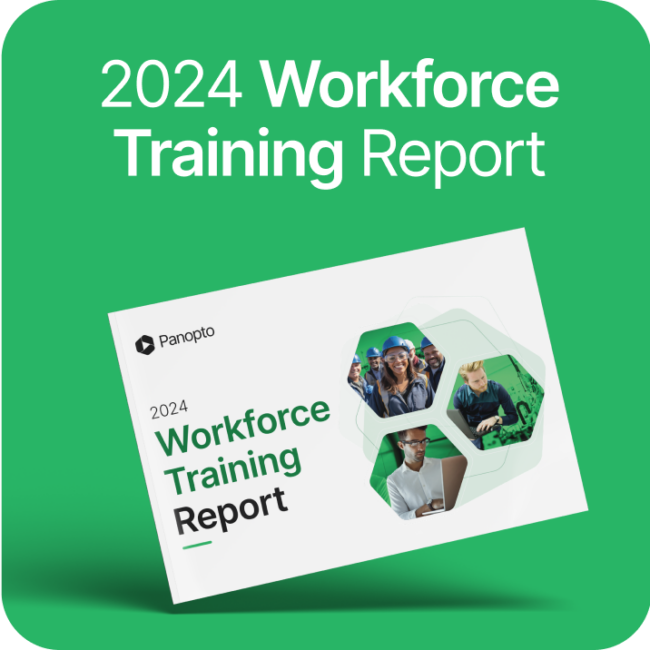- Academic Technology
Four Models Of Blended Learning: Which Is Right For You?
Online education is on the rise. Every year, the number of academic institutions offering some form of online learning continues to grow. According to a study by the Babson Survey Research Group, the proportion of students taking at least one online course had reached an all-time high of 32%. At the same time, research from The Clayton Christensen Institute for Disruptive Innovation, a think-tank focused on education and health care, predicts that half of all courses will be in some online form by 2019.
 In response, many schools have begun to offer blended learning options for their students. But blended learning isn’t a one-size-fits-all solution. The Christensen Institute outlines 4 distinct models of blended learning.
In response, many schools have begun to offer blended learning options for their students. But blended learning isn’t a one-size-fits-all solution. The Christensen Institute outlines 4 distinct models of blended learning.
1. Rotation Model of Blended Learning
In this model, students within a single class rotate between online learning and other learning modalities, either on a fixed schedule or at the instructor’s discretion. In this model, most of the learning still occurs on a physical (brick-and-mortar) campus. The Flipped Classroom is the most classic example of the Rotation Model in practice.
2. Flex Model of Blended Learning
Here, students switch between learning modalities on a customized, fluid schedule that uses online learning as its cornerstone. Similar to the Rotation Model, learners still learn primarily on-campus, but under the Flex Model every class is divided into online and offline components.
3. A La Carte Model of Blended Learning
Under this model, a student takes one or more courses online in addition to traditional courses at a brick-and-mortar campus. Unlike full-time online learning, in the à la carte model, students at a particular school may choose between online and offline courses at their convenience.
4. Enriched Virtual Model of Blended Learning
In this model, learning is divided between online and offline components. Although face-time is required between the student and teacher, in the Enriched Virtual Model, the student does not necessarily come to campus every day.
With each of these blended learning models, video plays a key role in delivering course content to students. Regardless of the blended learning model chosen, the right video platform must allow teachers to focus on teaching rather than on the technology.
From its inception, Panopto was designed to make the lecture recording process as simple as possible. Teachers simply click the big red RECORD button in the Panopto software — that’s it. Panopto records video and ingests presentation slides, then automatically uploads the lecture into a centralized “Campus YouTube” where each recording is made fully searchable and encoded for playback on any laptop, tablet, or mobile phone.
It’s not just teachers that value Panopto’s ease of use and interactive features — the software has been shown to have a positive impact on engagement and achievement for students as well. In 2011, students at Winston-Salem University saw an increase in exam scores after introducing a blended learning model using Panopto.
Experiment With New Blended Learning Methods With Panopto
If you’re curious how you can use video for blended learning at your institution, contact us to request a free, full-featured trial.




